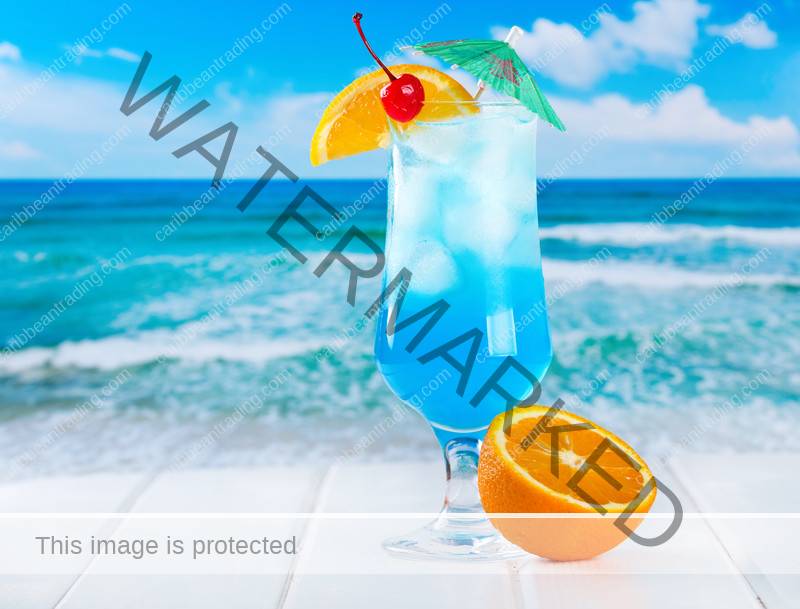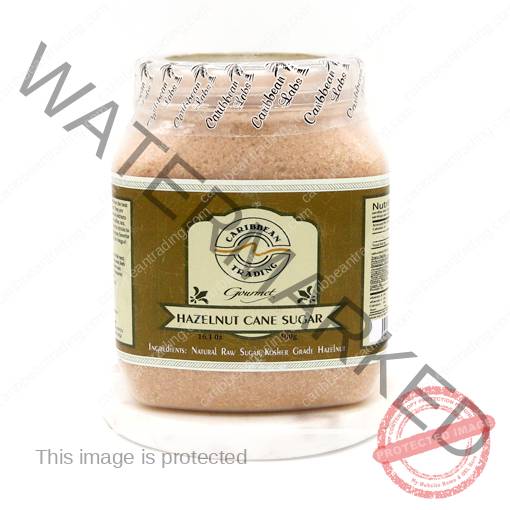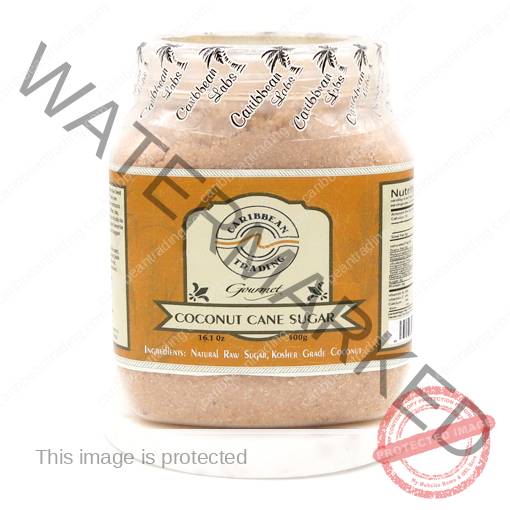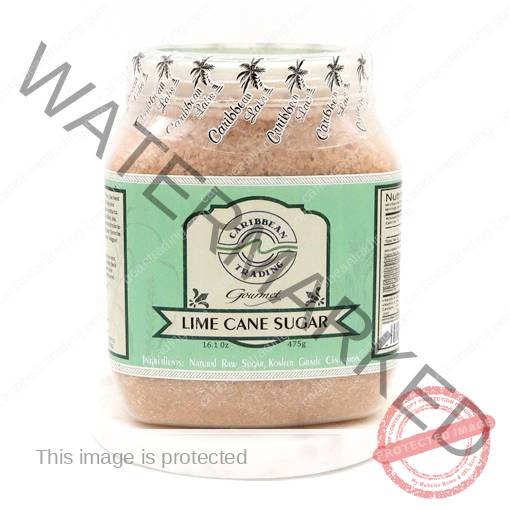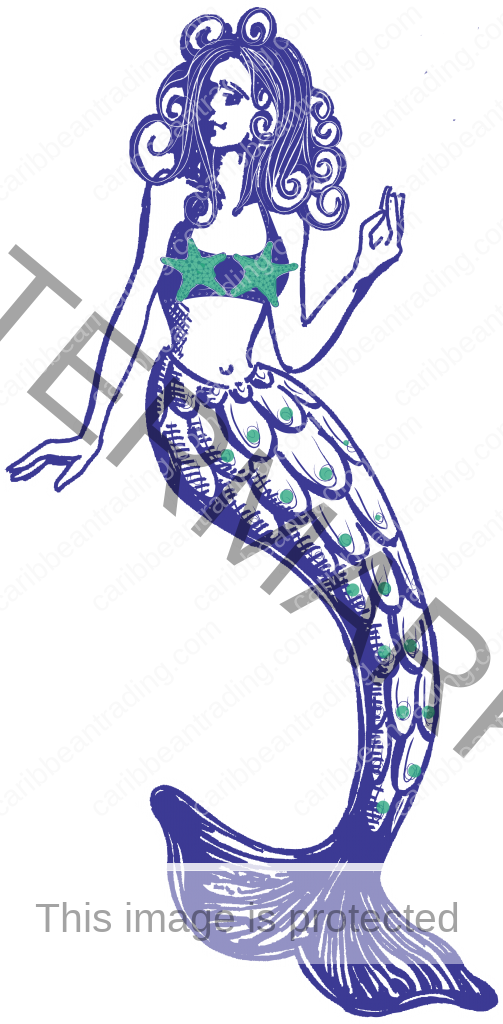No products in the cart.
Caribbean History, Caribbean Lifestyle, Cocktails
Caribbean Tropical Liqueurs
We talk so much about rum down here in the Caribbean that recently I got to thinking about Liqueurs… I wondered if there were any famous Caribbean liqueurs; if we had tried them, were they any good, and so on and so forth.
What is a Liqueur?
A liqueur, also known as a cordial or schnapps, are usually sweet and often syrupy in consistency. It is an alcoholic beverage made from a distilled spirit that has been flavored with fruit, cream, herbs, spices, flowers or nuts and bottled with added sugar or other sweetener.
Guavaberry
Guavaberry was the first one to come to mind. Every trip we take to St. Martin requires the purchase and copious drinking of Guavaberry. Afterall, it is considered a national treasure, often used during Christmastime and the subject of many songs and folk tales. I consider it one of the best authentic souvenirs of this Caribbean Island.
It is a cherished symbol of the olden days. There are folk songs & stories about it. It is made from fine oak aged rum, cane sugar & wild Sint Maarten Guavaberries. The fruit is found high in the warm hills in the center of the island. They are rare. The aged liqueur has a woody, fruity, spicy, bitter-sweet flavour all of its own. The Guavaberry fruit has never been cultivated and with the exception of a recent revival on St. Maarten/St Martin, it was more popular 100 years ago than it is today. First cousin to clove & eucalyptus, the trees are hard to grow, the fruit is difficult to harvest & there is little flesh on the Guavaberry. The trees bear fruit at completely different times each year & often, on Sint Maarten/St. Martin, there is no crop at all. In an eight hour day, a healthy person would have difficulty in picking & filling a five gallon basket with the tiny fruits.
That being the case, Guavaberry is something that should be savored and enjoyed!
Blue Curacao
Well, we all know of Blue Curacao; who hasn’t seen the bright blue colored tropical drinks that are offered that contain Blue Curacao. There are different brands of Blue Curacao that are available and not all are colored blue, but all have the same delicious, slightly tangy orange taste to them. But it has a rather interesting history…
While the Spanish were in control of the island the sweet Valencia orange was brought to Curacao, but the soil and climate there did not work out to be an ideal growing climate for the orange. The Valencia then evolved into a small and bitter citrus fruit called the laraha, which became known for the strong aroma present in the peel. Its flavor was not introduced into alcoholic drinks until the 1800s. The Curacao liquor is made from the dried peels of the laraha.
The peels are dried to bring out the oil and fragrance and then they are soaked in alcohol and water for a couple of days. When it is ready the peels are removed and spices are added to distill the spirit. The blue coloring is added by many producers, hence the name Blue Curacao. There are many different cocktails that you can add Blue Curacao to that will give them a blue coloring and twist of flavor. Some of these drinks that Blue Curacao will complement nicely are a Blue Margarita, a Bahama Mama, and a Blue Hawaii.
Cactus Liqueur
On Bonaire the Unique Cactus Liqueur Cadushy is made, incorporating the flavors of Lime and the Kadushi Cactus.
The Kadushi Cactus is characteristics of the landscape of Bonaire. It can grow more than 10 meters high. The Kadushi blooms at night with greenish white to pink flowers. Pollination is done by moths and bats. The cactus is cut and dried and sistilled to create this unique liqueur.
Angostura Bitters
So this is not exactly a liqueur, but it is definitely very Caribbean and it is alcoholic, so it has to go on the list. According to Wikipedia, the recipe was developed as a tonic by German Dr. Johann Gottlieb Benjamin Siegert a Surgeon General in Simon Bolivar’s army in Venezuela, who began to sell it in 1824 and established a distillery for the purpose in 1830. Siegert was based in the town of Angostura, now Ciudad Bolívar, and used locally available ingredients, perhaps aided by botanical knowledge of the local Amerindians. The product was sold abroad from 1853 and in 1875 the plant was moved from Ciudad Bolivar to Port of Spain, Trinidad, where it remains. The exact formula is a closely guarded secret, with only five people knowing the whole recipe
Angostura bitters are extremely concentrated and are an acquired taste; though 44.7% alcohol by volume, bitters are not normally drunk pure, but instead are used in small amounts as flavoring.
Angostura bitters are a key ingredient in many cocktails. Originally used to help with upset stomachs of the soldiers in the Simon Bolivar army, it later became popular in soda water and was usually served with gin.
Other Caribbean Liqueurs
In our research, we also heard of the Bahamas’ Nassau Royale and St. Lucia’s Castries Peanut Rum Crème. It is possible that Pitorro from Puerto Rico or Pili from Vieques could also be considered liqueurs as well. Let us know if you have a Caribbean Liqueur that should make it on to the list!
Liked this article about Caribbean liqueurs? Join the Crew and Start the Journey! Connect with Us for News, Events, Lifestyle, and all things Caribbean by joining our Newsletter – Click Here to Join or find us on Facebook or Instagram.


